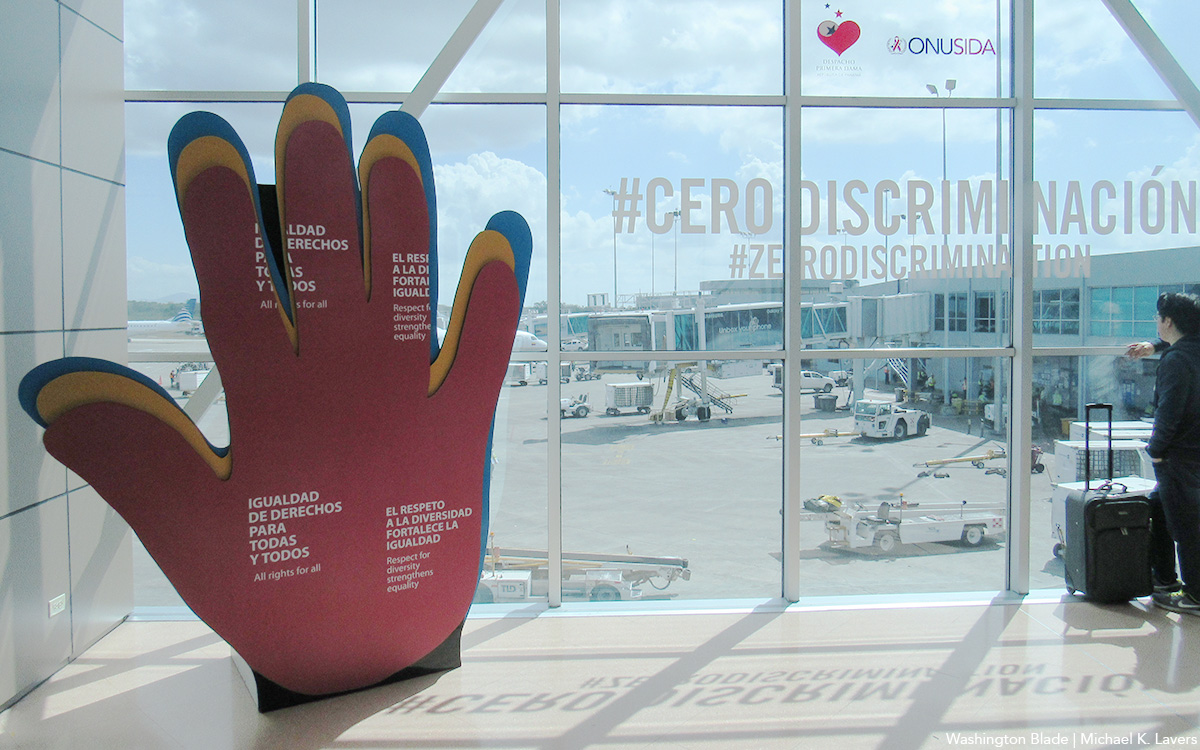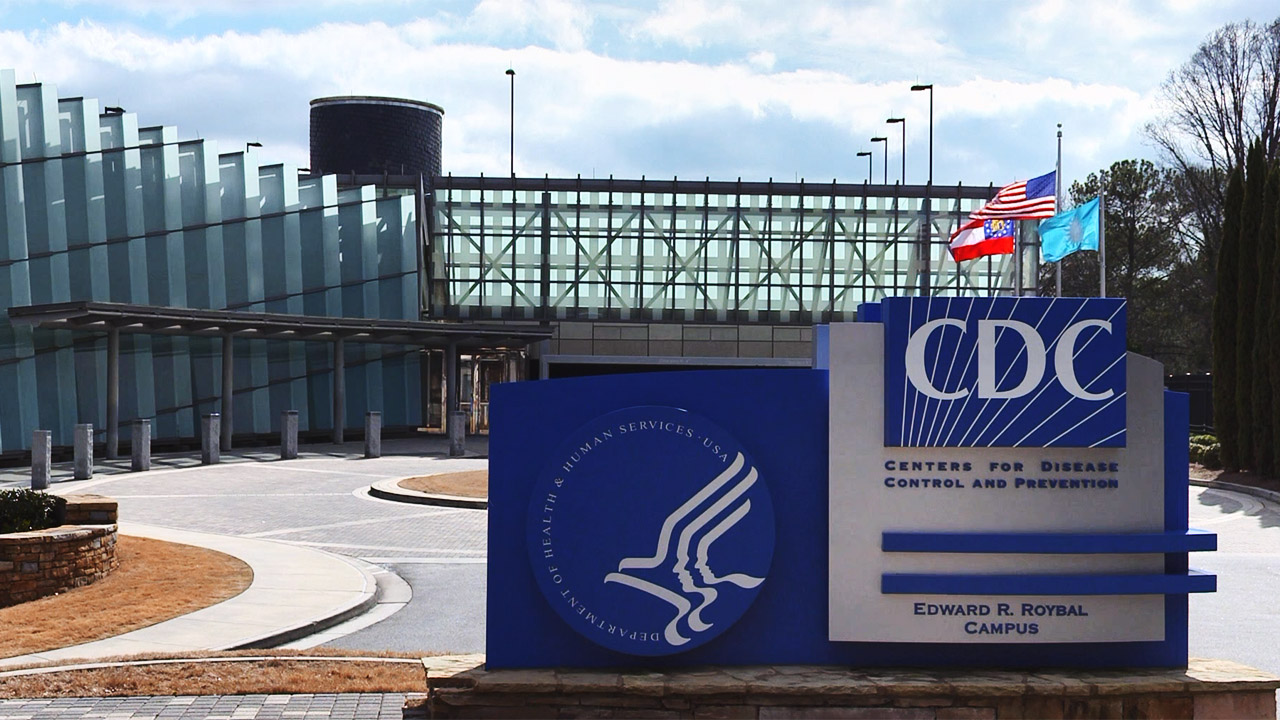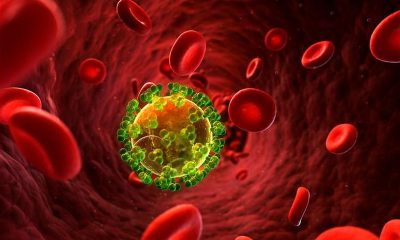Health
New study finds high HIV, syphilis rates in gay, bi men
A new analysis released Wednesday by the U.S. Centers for Disease Control & Prevention shows that the rate of new HIV infections among men who have sex with men, also referred to as MSM, is more than 44 times greater than that of other men and 40 times greater than that of women.
The study also shows that the rate of primary and secondary syphilis among MSM is more than 46 times that of other men and more than 71 times that of women.
“While the heavy toll of HIV and syphilis among gay and bisexual men has been long recognized, this analysis shows just how stark the health disparities are between this and other populations,” said Kevin Fenton, a physician and director of the CDC’s National Center for HIV/AIDS, Viral Hepatitis, Sexually Transmitted Diseases & Tuberculosis Prevention.
“It is clear that we will not be able to stop the U.S. HIV epidemic until every affected community, along with health officials nationwide, prioritize the needs of gay and bisexual men with HIV prevention efforts.”
The CDC released the new data analysis at the 2010 National Sexually Transmitted Disease Prevention Conference, which occurred this week in Atlanta.
In a statement summarizing the findings of the analysis, the CDC said its researchers developed an estimate of the size of the U.S. gay and bisexual male population for the purpose of determining the rates of disease for men who have sex with men.
The analysis defines the estimated MSM population as the proportion of men who reported engaging in same-sex behavior within the past five years.
“Based on an analysis of nationally representative surveys, CDC estimated that MSM comprise 2.0 percent (range: 1.4-2.7 percent) of the overall U.S. population aged 13 and older, or 4 percent of the U.S. male population (range 2.8-5.3 percent),” says the summary statement.
It says the analysis found that the range of new HIV diagnoses per 100,000 MSM was 522 to 989. By comparison, newly diagnosed HIV cases came to just 12 per 100,000 for other men and 13 per 100,000 for women.
For syphilis, the range of newly diagnosed cases for MSM was 91 to 173 cases per 100,000 compared to 2 per 100,000 for other men and 1 per 100,000 for women.
“This analysis gives us a clearer picture of the continued alarming disparities in HIV and syphilis rates that gay, bisexual and other men who have sex with men experience compared to other men and women,” said Rich Wolitski, deputy director for behavioral and social sciences at the CDC’s Division of HIV/AIDS Prevention.
“These data tell us that health departments and community-based organizations, that leaders in the gay community and that leaders in African American and Latino communities, as well, all need to recognize the severe impact that the epidemic is continuing to have on the lives of gay and bisexual men in the United States,” Wolitski told DC Agenda.
He said the CDC continues to fund local and state HIV prevention programs and is developing new strategies for prevention efforts targeting gay and bi men.
Rebecca Haag, executive director of AIDS Action, a national advocacy group, said she views the new analysis as an example of a more aggressive approach by the Obama administration in focusing on the AIDS epidemic’s impact on gay and bi men.
“For nearly eight years before this, we did not see an aggressive approach in this area under the previous administration,” Haag said. “So I see this as very good news.”
Haag said AIDS Action and other AIDS advocacy organizations are looking forward to the Obama administration’s release this spring of a detailed national HIV strategic plan, which, among other things, is expected to highlight improved prevention programs targeting MSM.
Gary Gates, a nationally recognized expert in LGBT population trends with the Williams Institute, an arm of the UCLA School of Law, said the CDC’s 4 percent estimate of the number of MSM within the U.S. male population is consistent with other national population surveys.
He said the CDC’s 2 percent estimate of MSM within the overall U.S. population appears slightly lower than the findings in other studies.
Gates noted, however, that other studies have also shown that the percentage of MSM in major U.S. urban centers is far higher than the national figure.
Michael Kharfen, spokesperson for the D.C. HIV/AIDS Administration, said a CDC study of U.S. cities published in a medical journal last year showed that MSM comprised 17 percent of D.C.’s male population.
He said a D.C. Department of Health study of HIV trends among MSM in D.C. is expected to be released within the next week or two.
Health
UNAIDS to commemorate Zero Discrimination Day’s 10th anniversary
UN agency urges global action to protect human rights

As the world marks the 10th anniversary of Zero Discrimination Day; UNAIDS is sounding the alarm on the increasing threats to human rights, calling for renewed efforts to protect the rights of all individuals as a fundamental step towards ensuring health for everyone.
Established by UNAIDS a decade ago, Zero Discrimination Day aims to promote equality and fairness regardless of gender, age, sexuality, ethnicity or HIV status. The progress achieved over the past years is now in jeopardy, however, due to rising attacks on the rights of women, LGBTQ people and other marginalized communities.
UNAIDS Executive Director Winnie Byanyima emphasized the critical link between protecting human rights and safeguarding public health.
“The attacks on rights are a threat to freedom and democracy and are harmful to health,” she said in a press release. “Stigma and discrimination obstruct HIV prevention, testing, treatment and care and hold back progress towards ending AIDS by 2030. It is only by protecting everyone’s rights that we can protect everyone’s health.”
Despite challenges, there has been notable progress.
At the onset of the AIDS pandemic more than 40 years ago, two-thirds of countries criminalized consensual same-sex sexual relations. They are now decriminalized in two-thirds of countries. An additional 38 countries around the world have pledged to end HIV-related stigma and discrimination, contributing to positive changes that include 50 million more girls attending school compared to 2015.
To sustain and enhance these advancements; UNAIDS urges global support for women’s rights movements, LGBTQ rights, racial justice, economic justice, climate justice and peace initiatives. By standing with communities advocating for their rights, the U.N. aims to reinforce the collective effort towards a more inclusive and equitable world.
Zero Discrimination Day is observed on March 1.
Events and activities that will take place around the world throughout the month will serve as reminders of the essential lesson and call to action: Protecting everyone’s health is synonymous with protecting everyone’s rights.
“Through upholding rights for all, we will be able to achieve the Sustainable Development Goals and secure a safer, fairer, kinder and happier world — for everyone,” said Byanyima.
Health
New CDC report finds transgender women at higher risk for HIV
More than 1,600 people in seven cities surveyed

The Centers for Disease Control and Prevention issued a new study report this week that revealed that restricted by employment and housing discrimination and lack of access to needed gender-affirming healthcare for transgender women increasing the risk of contracting HIV.
Researchers reviewed data from a 2019-2020 survey, the National HIV Behavioral Surveillance Among Transgender Women, which found that the demographics of HIV/AIDS have been disproportionally high, especially among Black and Latina trans women, who had experienced employment and housing discrimination coupled with lack of access to gender-affirming healthcare.
The Jan. 25 Morbidity and Mortality Weekly Report was based on data studies of more than 1,600 trans women in seven major urban locales. Participants from Atlanta, Los Angeles, New Orleans, New York, Philadelphia, San Francisco and Seattle were chosen by referrals from people and community-based organizations who knew or were part of the local population of trans women.
The study’s researchers noted: “Employment discrimination occurs at the overlapping nexus of poverty, homelessness, incarceration, health insurance, disability, food insecurity and survival sex work. These issues are interconnected.”
The study stated that trans women’s inability to access quality healthcare, including gender-affirming treatment or access to PrEP, and can expose them to potential incarceration as many turn to “survival sex work” and violence, which increases the risk of contracting HIV.
The study’s author’s pointed out: “When economically marginalized transgender women are refused employment, this refusal cyclically contributes to economic hardships. This analysis …demonstrates the importance of transgender women working and living with dignity and without fear of unfair treatment.”
Health
A Whole New Perspective on Well-Being
The Mather’s team recognizes that everyone’s wellness journey is completely unique to their life experiences and influences.

It’s easy to spot the distinctive, elegant silhouette of The Mather, a Life Plan Community for those 62+ opening this spring in Tysons, Virginia. What is not apparent to the naked eye is The Mather’s unique wellness philosophy, which is literally built into the community.
The Mather’s team recognizes that everyone’s wellness journey is completely unique to their life experiences and influences.
Nature is one of the important factors that contribute to well-being. So The Mather is incorporating biophilic design—a design approach to facilitate access to nature or things that replicate natural patterns. This can include interior spaces with sightlines to a garden, choosing natural wood and stone as interior materials, or incorporating fragrant flowers and plants indoors to spark memories and provide tactile opportunities such as gardening.

“Providing biophilic design within interior settings connects residents to the natural world,” says Mary Leary, CEO and President of Mather, the organization behind The Mather. “Research shows that a connection to nature provides positive benefits to mental states and overall well-being. At The Mather, biophilic design is the intersection of buildings and programs with nature in an urban setting.”
“The Mather is attracting a diverse group of older adults,” says Mary. “As a result, we aim to incorporate wellness practices from around the world, including Wyda movement theory of the Celtic Druids, which helps people achieve harmony with nature and contentment through mindfulness.” This holistic regenerative approach is similar to Qi Gong and yoga, while born in a different part of the world. Mather Institute has a special focus on mindfulness to support older adults’ practice of present moment awareness, which can lead to increased overall well-being, compassion, and joy.
A very different example of a wellness offering at The Mather is the Gharieni Welnamis spa wave bed, which uses computer-controlled vibrational therapy and audio frequencies to train the brain to relax. “The bed increases mindfulness, concentration, and creativity—all of which support our mission of creating Ways to Age Well,SM” says Mary.
These and other personalized ways to wellness will ensure that residents of The Mather can choose from seemingly countless ways to focus on their well-being. In other words, the sky’s the limit!




















